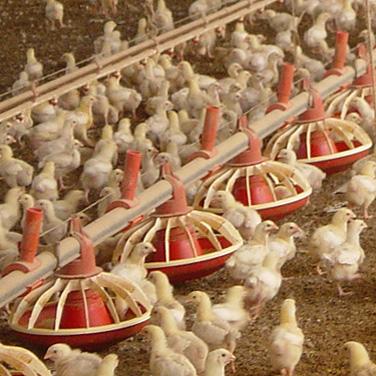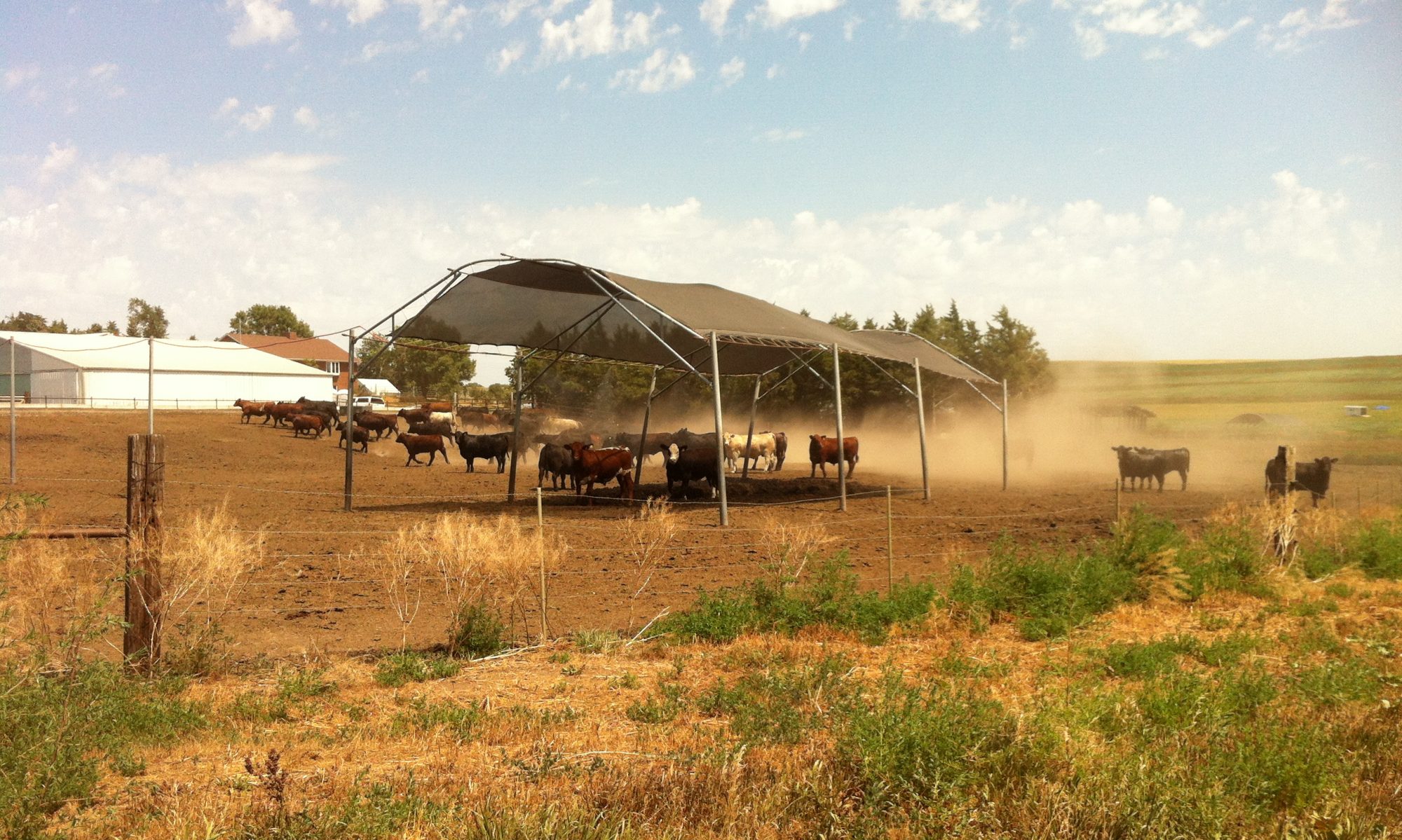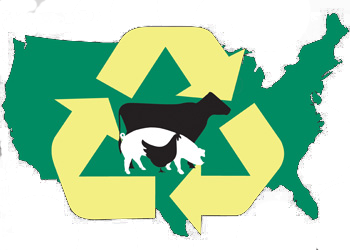To be sustainable, producers need to conserve energy while still maintaining or improving their facilities and the lives of the animals they house. This presentation was originally broadcast on January 19, 2024. Continue reading “Animal Feeding Operations Air Emission Estimation Methods”
Energy Conservation in Livestock and Poultry Operations
To be sustainable, producers need to conserve energy while still maintaining or improving their facilities and the lives of the animals they house. This presentation was originally broadcast on December 15, 2023. Continue reading “Energy Conservation in Livestock and Poultry Operations”
Minimizing Risk on Livestock & Poultry Operations
In the Livestock and Poultry Environmental Learning Community, we are well aware that @#$% happens. In this webinar, presenters share insurance considerations and ways to minimize risk on livestock and poultry operations. This presentation was originally broadcast on November 17, 2023. Continue reading “Minimizing Risk on Livestock & Poultry Operations”
Models & Tools to Improve Manure Management: Part II
This webinar features the Oregon NMPT, an internet-based record keeping and planning tool, and the Ruminant Farm Systems (RuFaS) project, which aims to build an integrated, whole-farm model that simulates milk, meat, and crop production, and critical metrics of sustainability from ruminant farms. This presentation was originally broadcast on October 20, 2023. Continue reading “Models & Tools to Improve Manure Management: Part II”
Webinar Series
 The Livestock and Poultry Environmental Learning Community offers a free monthly webinar on a variety of issues related to animal manure management.
The Livestock and Poultry Environmental Learning Community offers a free monthly webinar on a variety of issues related to animal manure management.Next Live Webinar
The next webinar will be held on May 17, 2024 at 1:30 pm central. It will be focused on precision ag related to manure and livestock environment. More information will be coming soon.
Webinar Schedule
The upcoming webinars will continue to include air and water quality topics. As webcast topics and speakers are finalized, they are posted at Upcoming Webcasts and announced in the newsletter.
Attending a Live Webinar
The webinars are presented live on the third Friday of each month (some exceptions apply) at 2:30 pm (eastern), 1:30 pm (central), 12:30 pm (mountain) and 11:30 am (pacific). All webinars are recorded and archived for on-demand viewing.
-
- First-time viewers should follow the steps on the How Do I Participate in a Webinar? page to be sure you have the appropriate software and web connection.
- On the day of the webcast connect through the Live Webinar Information page.
Due to system changes in the summer of 2016, the URL for the webinar will change each time, so please plan to connect through the Live Webinar Information page.
Viewing an Archived Webinar
Each archive includes the video segments, presentation slides, written summaries of the question and answer session (when available), links to additional information, and access to individual segments within each webinar.
You have two options for finding and archived presentation:
-
- Browse by Topic
- Browse Chronological List
Continuing Education Units
The webcast series has been approved for Continuing Education Units (CEUs) through the Certified Crop Advisers (CCA) and to members of the American Registry of Professional Animal Scientists (ARPAS).
Implications of Manure Additives: Both Purposeful and Accidental
This webinar discusses purposeful additives like nitrification inhibitors and biochar as well as accidental additives like copper sulfate from disinfecting foot baths and how these things can and should impact our decisions when applying manure. This presentation was originally broadcast on September 22, 2023. Continue reading “Implications of Manure Additives: Both Purposeful and Accidental”
Models & Tools to Improve Manure Management
This webinar highlights one tool that provides resources to support livestock production and expansion, as well as two others that focus on manure application planning and making the best use of manure available. This presentation was originally broadcast on May 19, 2023. Continue reading “Models & Tools to Improve Manure Management”
Improving Air Quality In and Around Livestock Facilities
Air quality in and around barns can negatively impact animal and worker welfare. This webinar will discuss ways to overcome these challenges. This presentation originally broadcast on April 21, 2023. Continue reading “Improving Air Quality In and Around Livestock Facilities”
Upcoming Webinars
How Do I Participate in a Webinar?
Past webinars are available at Webinar Archive
When Are Webinars Held?
The one-hour webinar seminars are typically held on the third Friday of each month at 2:30 pm (eastern), 1:30 pm (central), 12:30 pm (mountain) and 11:30 am (pacific). This schedule is subject to change. To view a webinar, connect through the Live Webinar Information page.
Webinar Schedule
| Date | Topic/Title | Add to Calendar | Marketing Materials | Registration | ||
|---|---|---|---|---|---|---|
| May 17, 2024 | precision ag related to manure and livestock environment | |||||
| June, 2024 | TBD | |||||
| July, 2024 | No Webinar | |||||
Moving Manure and Mortalities after Highly Pathogenic Avian Influenza
This webinar shares research and guidance on minimizing the risk of virus movement through manure and mortality management. This webinar also explains the roles technical advisors can play in response to an outbreak. This presentation originally broadcast on March 17, 2023. Continue reading “Moving Manure and Mortalities after Highly Pathogenic Avian Influenza”

